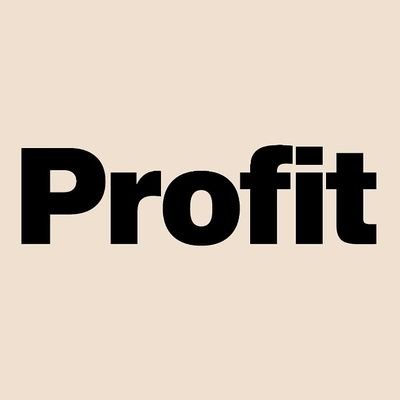In 2021, Pakistan Aluminium Beverage Cans (PABC) was the hottest new company on the stock market. Their Initial Public Offering (IPO) was oversubscribed by 2.5 times, with bids made for 233 million shares against their offer to sell 93.8 million shares. Stock-hungry investors swooped in to send the price of PABC stock crashing into its ceiling of Rs 49 by the end of the book-building stage.
The company raised Rs 4.6 billion, making it the second largest IPO in the history of Pakistan. They were second only to Interloop, the hosiery company based in Faisalabad which had raised over Rs 5 billion back in 2019.
But PABC’s rise was different. Interloop was a solid family company founded in 2019 with decades of proven success. It was also one of many Pakistani companies in the textile industry. PABC was a new company founded in 2015 introducing a new product in Pakistan: aluminum beverage cans.
Their first year of production was 2017 when they immediately made a splash. With big multinational clients on board, their production that year was 700 million cans. After their IPO in 2021, they increased this capacity to 900 million cans a year, and in August 2023 they raised this capacity to 1.2 billion cans a year.
The company was flying high. With no competitor in sight and demand for carbonated drinks increasing every single year, sales and profit were up. But then came a jolt. The content in this publication is expensive to produce. But unlike other journalistic outfits, business publications have to cover the very organizations that directly give them advertisements. Hence, this large source of revenue, which is the lifeblood of other media houses, is severely compromised on account of Profit’s no-compromise policy when it comes to our reporting. No wonder, Profit has lost multiple ad deals, worth tens of millions of rupees, due to stories that held big businesses to account. Hence, for our work to continue unfettered, it must be supported by discerning readers who know the value of quality business journalism, not just for the economy but for the society as a whole.To read the full article, subscribe and support independent business journalism in Pakistan









